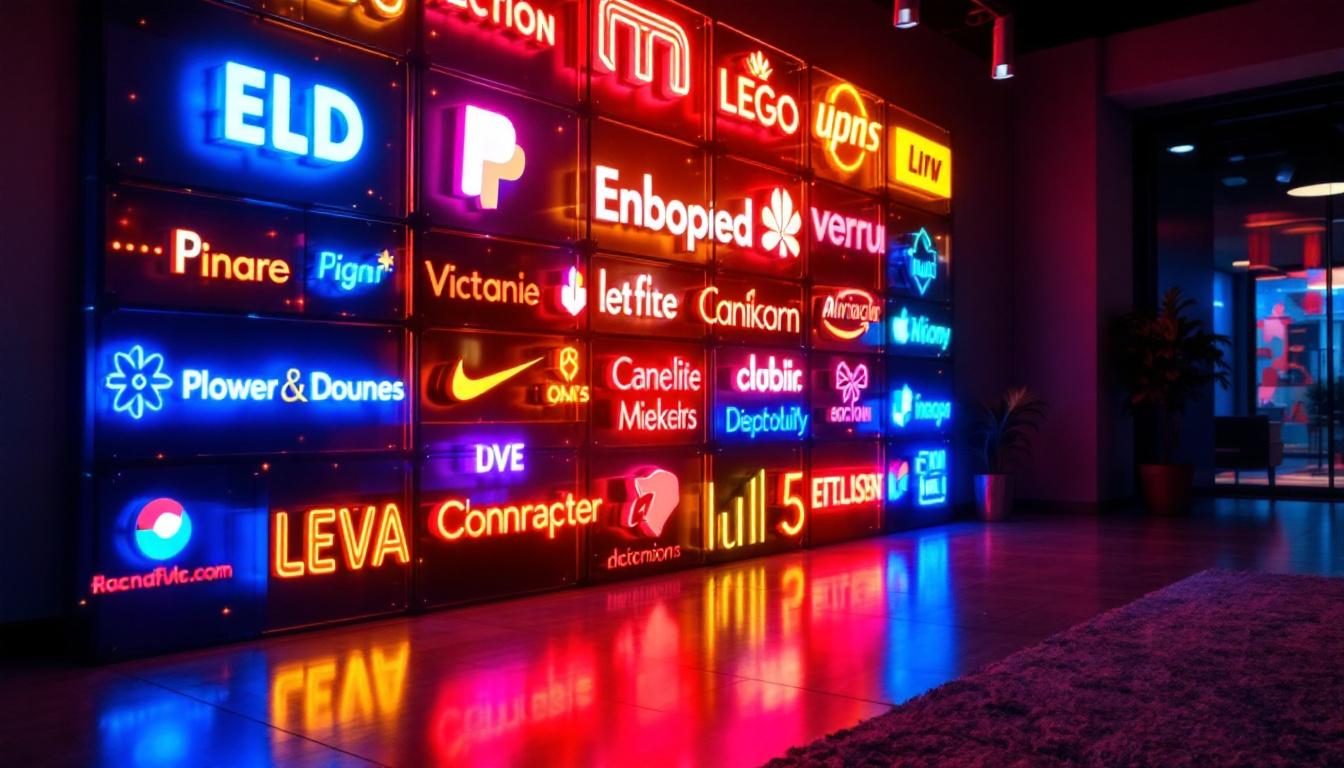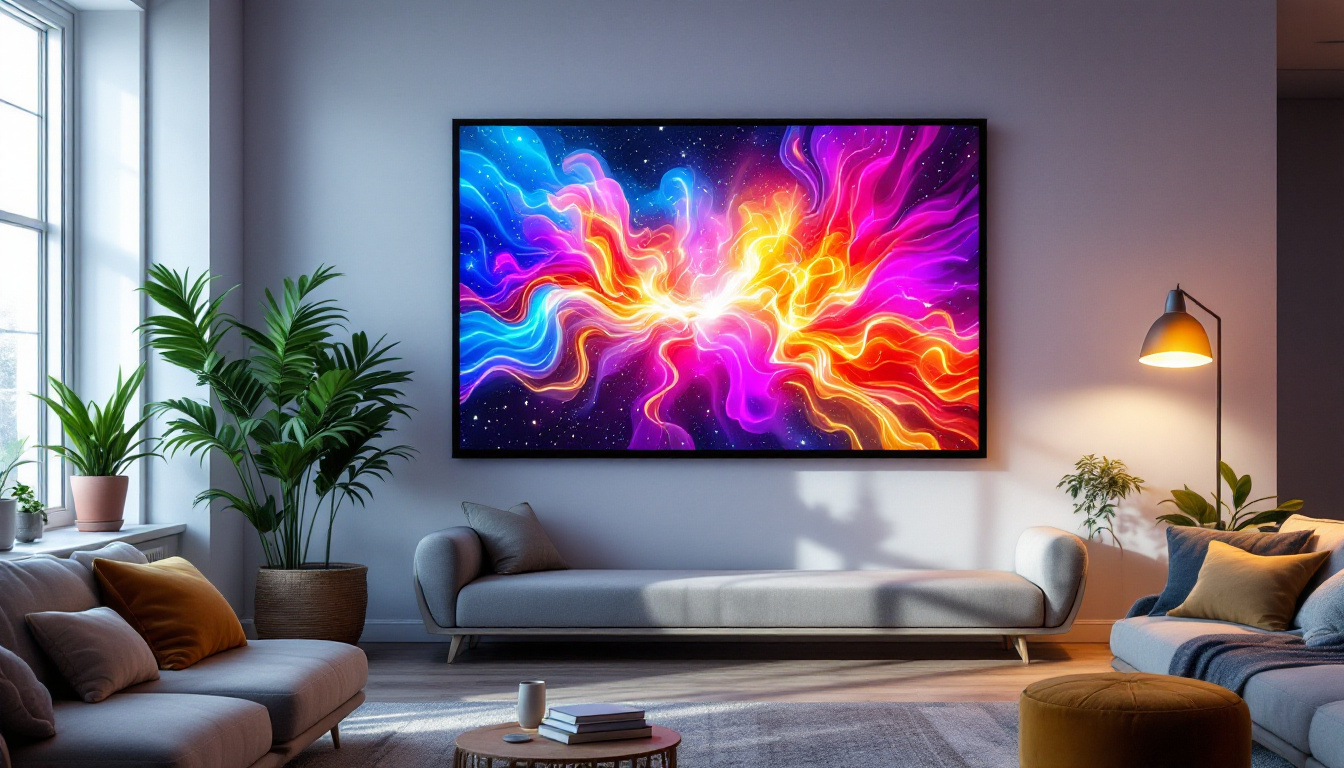In the realm of modern technology, the evolution of display technology has been nothing short of revolutionary. Among the various types of displays available today, LCD (Liquid Crystal Display) and LED (Light Emitting Diode) displays are two of the most prominent. Understanding how these technologies work and their differences is essential for anyone looking to purchase a new monitor or television. This article delves into the intricacies of LCD monitors, the role of LED technology, and how these elements combine to enhance visual experiences.
Understanding LCD Technology
LCD technology has been a staple in the display industry for several decades. At its core, an LCD monitor utilizes liquid crystals sandwiched between two layers of glass or plastic. These liquid crystals manipulate light to create images on the screen. The technology is widely appreciated for its thin profile and energy efficiency compared to older display technologies like CRT (Cathode Ray Tube). The evolution of LCD technology has also led to significant advancements in screen size and resolution, allowing for larger displays that can deliver stunning visuals without taking up excessive physical space.
How LCD Works
The operation of an LCD monitor involves several key components. When an electric current passes through the liquid crystals, they align in such a way that they either block or allow light to pass through. This process creates the images seen on the screen. The backlight, which can be fluorescent or LED, provides the necessary illumination for the display. The combination of these elements allows for vibrant colors and sharp images. Furthermore, the development of technologies like edge-lit and full-array local dimming has enhanced the contrast and brightness of LCD displays, making them even more appealing for multimedia consumption.
One of the significant advantages of LCD technology is its ability to produce high-resolution images. This capability has made it the preferred choice for everything from computer monitors to televisions. Additionally, LCDs are less prone to screen burn-in, a common issue with older display technologies. The advancements in LCD technology have also led to the introduction of 4K and even 8K resolutions, which provide an incredibly detailed viewing experience, especially for large screens. This high pixel density is particularly beneficial for tasks that require precision, such as video editing and graphic design, where clarity is paramount.
Types of LCD Displays
There are several types of LCD displays, each with its unique characteristics. The most common types include Twisted Nematic (TN), In-Plane Switching (IPS), and Vertical Alignment (VA). TN panels are known for their fast response times, making them ideal for gaming. However, they often suffer from poor color reproduction and viewing angles. This trade-off can be particularly noticeable in fast-paced games where color accuracy can impact the overall experience.
IPS panels, on the other hand, excel in color accuracy and viewing angles, making them suitable for graphic design and professional use. Their ability to maintain consistent colors from various angles is a game-changer for collaborative work environments. VA panels offer a balance between the two, providing good contrast ratios and decent color reproduction. Understanding these differences is crucial for selecting the right monitor for specific needs. Additionally, newer technologies such as Quantum Dot and Mini-LED are beginning to blend with traditional LCD technology, promising even better color performance and energy efficiency, further expanding the possibilities for future display innovations.
The Role of LED in LCD Displays
While LCD technology has its merits, the introduction of LED backlighting has significantly enhanced the performance of LCD monitors. LED backlighting refers to the use of light-emitting diodes to illuminate the liquid crystals, replacing traditional fluorescent backlights. This shift has led to several improvements in display quality.
Benefits of LED Backlighting
One of the most notable benefits of LED backlighting is increased energy efficiency. LED lights consume less power than fluorescent lights, resulting in lower electricity bills and a reduced carbon footprint. Additionally, LED backlighting allows for thinner monitor designs, contributing to the sleek aesthetics of modern displays.
Moreover, LED backlighting can enhance color accuracy and contrast ratios. With the ability to produce deeper blacks and brighter whites, LED-backlit LCDs offer a more dynamic range of colors. This improvement is particularly noticeable in darker scenes, where traditional fluorescent backlights may struggle to provide adequate contrast.
Different Types of LED Backlighting
There are primarily two types of LED backlighting used in LCD displays: edge-lit and full-array. Edge-lit LED displays have LEDs positioned along the edges of the screen, which can create a thinner profile. However, this design may lead to uneven lighting and less effective contrast in certain areas of the screen.
Full-array LED backlighting, on the other hand, places LEDs directly behind the LCD panel. This arrangement allows for more uniform lighting and improved contrast, as specific areas of the screen can be dimmed or brightened independently. Full-array displays often come equipped with local dimming features, further enhancing the viewing experience.
Comparing LCD and LED Displays
While the terms LCD and LED are often used interchangeably, it’s important to recognize that LED is actually a type of LCD technology. The distinction lies in the backlighting method used. Understanding the differences between these technologies can help consumers make informed decisions when purchasing a monitor or television.
Image Quality
In terms of image quality, LED-backlit LCDs typically outperform traditional LCDs with fluorescent backlighting. The enhanced contrast ratios and color accuracy offered by LED technology make a noticeable difference in visual performance. For those who prioritize image quality, investing in an LED-backlit LCD monitor is often the better choice.
However, it’s essential to consider the specific use case. For general office work or casual use, a standard LCD monitor may suffice, while professionals in graphic design or video editing may benefit from the superior performance of an LED-backlit display.
Price Considerations
Price is another factor to consider when comparing LCD and LED displays. Generally, LED-backlit monitors tend to be more expensive than their traditional LCD counterparts. This price difference is attributed to the advanced technology and improved performance associated with LED backlighting.
For budget-conscious consumers, there are still plenty of options available in the standard LCD category. However, as technology continues to advance, the price gap between traditional LCDs and LED-backlit models is gradually narrowing, making LED displays more accessible to a broader audience.
Applications of LCD and LED Displays
The versatility of LCD and LED displays has led to their widespread adoption across various industries and applications. From personal use to professional settings, these displays have become integral to modern technology.
Consumer Electronics
In the consumer electronics sector, LCD and LED displays are prevalent in televisions, computer monitors, and portable devices like smartphones and tablets. The demand for high-resolution displays has driven innovation in this space, resulting in products that deliver stunning visuals and immersive experiences.
Furthermore, the shift toward LED technology has allowed manufacturers to create thinner, lighter devices without sacrificing performance. This trend is particularly evident in the smartphone market, where sleek designs and vibrant displays are paramount.
Professional and Industrial Use
Beyond consumer electronics, LCD and LED displays are also utilized in professional environments. Graphic designers, video editors, and photographers rely on high-quality displays for accurate color representation and detail. In industries such as healthcare, LCD monitors are essential for displaying medical imaging and patient data.
Additionally, LED displays are increasingly used in digital signage and advertising. Their brightness and visibility make them ideal for outdoor applications, where they can capture the attention of passersby and convey messages effectively.
Future Trends in Display Technology
As technology continues to evolve, the future of display technology looks promising. Innovations in LCD and LED technology are paving the way for even better performance and user experiences.
OLED and Beyond
One of the most exciting developments in display technology is the rise of OLED (Organic Light Emitting Diode) displays. Unlike LCDs, which require a backlight, OLED displays emit their light, allowing for true blacks and vibrant colors. This technology is gaining traction in high-end televisions and monitors, offering a compelling alternative to traditional LCD and LED displays.
As OLED technology matures, it is likely to become more affordable, making it accessible to a broader audience. This shift could redefine consumer expectations for display quality and push LCD and LED technologies to innovate further.
Enhanced Resolution and Refresh Rates
Another trend gaining momentum is the push for higher resolutions and refresh rates. With the advent of 4K and 8K displays, consumers are seeking monitors that can deliver stunning visuals with exceptional clarity. Coupled with higher refresh rates, these advancements are particularly appealing to gamers and professionals who require smooth motion and responsiveness.
As manufacturers continue to push the boundaries of display technology, consumers can expect to see even more impressive advancements in the years to come.
Conclusion
In conclusion, understanding the nuances of LCD and LED display technologies is essential for making informed decisions in today’s tech-driven world. While LCD technology has laid the foundation for modern displays, the integration of LED backlighting has significantly enhanced performance, leading to improved image quality, energy efficiency, and design aesthetics.
As technology continues to evolve, consumers can look forward to exciting advancements in display technology, including the rise of OLED and higher resolutions. Whether for personal use, professional applications, or industrial settings, LCD and LED displays remain at the forefront of visual technology, shaping the way we interact with digital content.
Ultimately, the choice between LCD and LED displays will depend on individual needs, preferences, and budget. By understanding the differences and advancements in these technologies, consumers can select the right display that meets their requirements and enhances their viewing experience.
Discover the Future of Visual Technology with LumenMatrix
Ready to elevate your visual experience with the latest in LED display technology? Look no further than LumenMatrix, a pioneer in crafting innovative LED solutions that transform any space into a dynamic visual spectacle. From vibrant Indoor and Outdoor LED Wall Displays to versatile Vehicle and Sports LED Displays, LumenMatrix offers an array of products designed to make your brand stand out. Immerse yourself in the world of high-impact digital signage and explore our Custom, All-in-One, and Transparent LED Displays that redefine the art of visual storytelling. Check out LumenMatrix LED Display Solutions today and join the revolution in visual communication.































